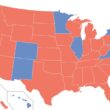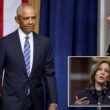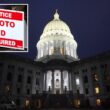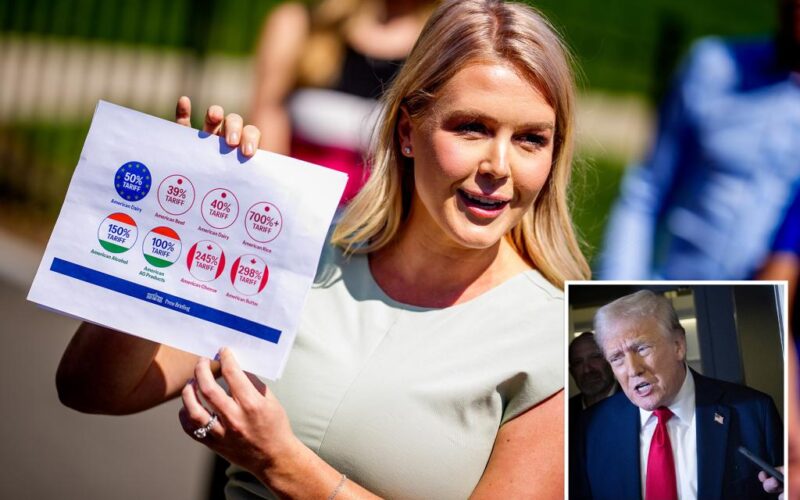President Trump’s impending “reciprocal tariffs” on many US trading partners scheduled to take effect April 2 have “no exemptions at this time,” White House press secretary Karoline Leavitt said Monday.
Trump has dubbed the event “Liberation Day” for US trade and said he will roll out the import levies on “all countries” — in addition 25% tariffs on auto imports and his paused 25% tariff on Canada and Mexico.
Leavitt told reporters there were no “exemptions” for the still-unnamed countries, just two days before the tariffs are set to kick in and industries are bracing for market impact.
The president told reporters Sunday night on Air Force One that the tariffs would hit all countries at once.
“You’d start with all countries,” Trump said, coming back to the White House from Mar-a-Lago. “So let’s see what happens. There are many countries.”
White House economics adviser Kevin Hassett told Fox Business last week that the tariffs would focus on 10 to 15 nations holding the biggest trade deficits with US — but Trump shot down that statement.
The Office of the US Trade Representative Office has released a list of nations with unfair trade practices, including Argentina, Australia, Brazil, Canada, China, India, Indonesia, Japan, Korea, Malaysia, Mexico, Russia, Saudi Arabia, South Africa, Switzerland, Taiwan, Thailand, Turkey, Vietnam, the United Kingdom as well as the European Union.
The president will unveil the tariffs Wednesday in an event at the Rose Garden with all of his cabinet present, according to Leavitt, who added that the targets include countries that have been “unfair” in their trade practices with the US.
“The goal of Wednesday is country-based tariffs but certainly sectoral tariffs, the president has said he’s committed to implementing them, and I’ll leave it to him on when he makes that decision,” Leavitt said.
“The president will be announcing a tariff plan that will roll back the unfair trade practices that have been ripping off this country for decades. He’s doing this in the best interest of the American worker.”
Countries in the European Union are expecting to face a flat, double-digit tariff on all goods as a part of the reciprocal package, Politico reported, citing diplomats.
Trump threatened to raise the intended tariffs on the EU if they collaborate at all with Canada.
“If the European Union works with Canada in order to do economic harm to the USA, large scale Tariffs, far larger than currently planned, will be placed on them both in order to protect the best friend that each of those two countries has ever had!” he wrote on Truth Social on Thursday.
While being largely evasive on which countries and industries he will favor specifically, the president has confirmed he will impose his tariff on all foreign-made cars on Wednesday.
“We’ll effectively be charging a 25% tariff, but if you build your car in the United States, there is no tariff,” Trump announced last Wednesday at the Oval Office.
The auto tariff is intended to boost manufacturing in the US as foreign companies would have an incentive to move their facilities to skirt the huge tariff. More than half of cars sold in the US are made in Mexico, Canada, Japan, South Korea and Germany.
Trump’s shifting rhetoric has scrambled the market. Stocks plummeted Monday before rallying slightly as investors await an official announcement.
The Nasdaq Composite initially fell 2% — to its lowest point in half a year — before recovering to just 0.1% of its starting point.
The S&P 500 index fell more than 1% before rebounding to 0.6% positive territory, while the Dow Jones Industrial Average declined 0.4% before ending at 400 points above its start.








